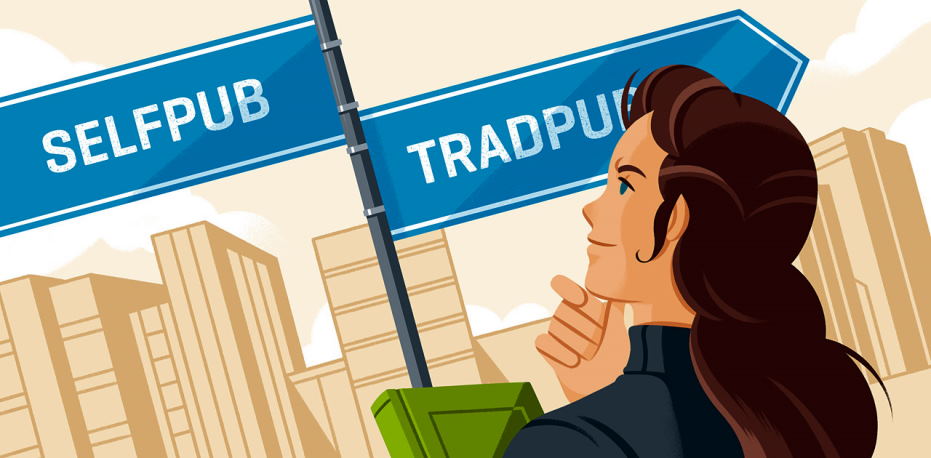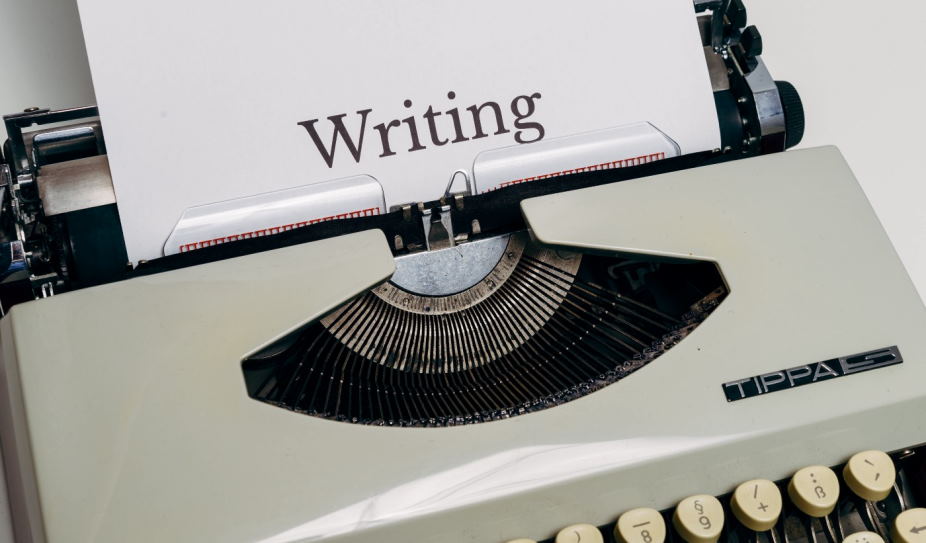Are you thinking of self-publishing a book? Here’s what you need to know about the pros and cons of indie publishing. Self-publishing can be a great way to get your book into the hands of readers, but it’s not always an easy road. There are many factors to consider before taking the plunge into indie publishing. In this post, we’ll take a look at some of the pros and cons of self-publishing. So, is self-publishing a book worth it? Let’s find out!
The pros and cons of self-publishing your book
These days, there are more options than ever when publishing your book. However, with traditional publishing, self-publishing, and everything in between, it can be hard to know which route is right for you.
Considering self-publishing, it’s important to weigh the pros and cons before making a decision. Here are some things to keep in mind:
Pros of Self-Publishing
You retain creative control. When you self-publish, you get to make all the decisions about your book, from the cover design to the marketing strategy. You’re in charge of every aspect of the project, and you can make sure that your vision for the book is realized.
You can publish quickly. One of the biggest advantages of self-publishing is that you can get your book out into the world much faster than you could with traditional publishing. There’s no need to go through a lengthy submission and editing process; you can write, design, and publish your book on your timeline.

You keep more of the profits. When you self-publish, you don’t have to split the proceeds from book sales with a publisher. This means you can earn a higher royalty rate on each book sold, which can be a significant advantage if your book is successful.
Cons of Self-Publishing
You’re responsible for everything. While having creative control over your book can be a huge plus, it also means that you’re responsible for every aspect of the publishing process. From editing to marketing, you’ll need to work to ensure that your book is of high quality and reaches its target audience.
You might not reach as many readers. Without the backing of a traditional publisher, it can be more difficult to get your book into the hands of readers. You’ll need to put extra effort into marketing and promotion to reach potential readers who might not otherwise know about your book.
You might not be taken seriously as an author. In some cases, self-published authors can be viewed as less credible than those who a traditional press has published. This perception can make it harder to get media attention or to be taken seriously by the literary community.
Overall, there are both pros and cons to self-publishing. It’s important to carefully consider your goals for your book and your career as an author before making a decision. If you’re willing to put in the extra work, self-publishing can be a great way to get your book into the world. But if you’re not prepared to handle all of the responsibilities of being an indie author, traditional publishing might be a better option for you.
From costs to creativity: what you need to know before self-publishing a book
The cost of self-publishing a book varies widely, depending on your route and services. The most important factor to consider is your own time investment; while there are many ways to cut costs by doing some or all of the work yourself, this will take up more of your time than if you outsource everything to professionals.
To get an idea of how much it might cost to self-publish your book, let’s look at a few different scenarios:
If you choose to go the traditional publishing route, you’ll likely need to invest in hiring a professional editor, cover designer, and possibly even a formatter. In addition, you may also need to pay for marketing and publicity services. The total cost of all of these services can easily reach several thousand dollars.
If you’re willing to do some of the work, you can significantly cut your costs. For example, you can find affordable editors and cover designers on sites like Fiverr or Upwork. And there are many free or low-cost book formatting services available online. However, even if you go this route, you’ll still need to invest some money in marketing and publicity efforts.

If you’re really set on keeping your costs as low as possible, you can self-publish your book completely on your own. This will obviously require a lot more work, but it is possible to get your book published without spending any money.
Keep in mind that some costs are unavoidable regardless of which route you take. For example, you’ll need to buy ISBNs for your book (which can cost around $100), and you’ll need to pay for printing costs if you decide to print physical copies of your book.
The good news is that once you’ve published your book, the majority of these upfront costs are a one-time investment. After your book is published, you won’t need to keep paying for things like editing or formatting; if you’re self-publishing digitally, there are no printing costs. This means that the vast majority of your royalties will go directly into your pocket!
So, how much does it cost to self-publish a book? It depends on your specific situation, but you can expect to spend anywhere from a few hundred dollars to several thousand. The important thing is to carefully consider your options and ensure you’re comfortable with the costs before moving forward.
Self-publishing can be a great way to get your work out without spending much money. However, it’s important to understand all the costs involved before taking the plunge. By being prepared for the financial investment required, you can set yourself up for success and avoid any unpleasant surprises down the road.

